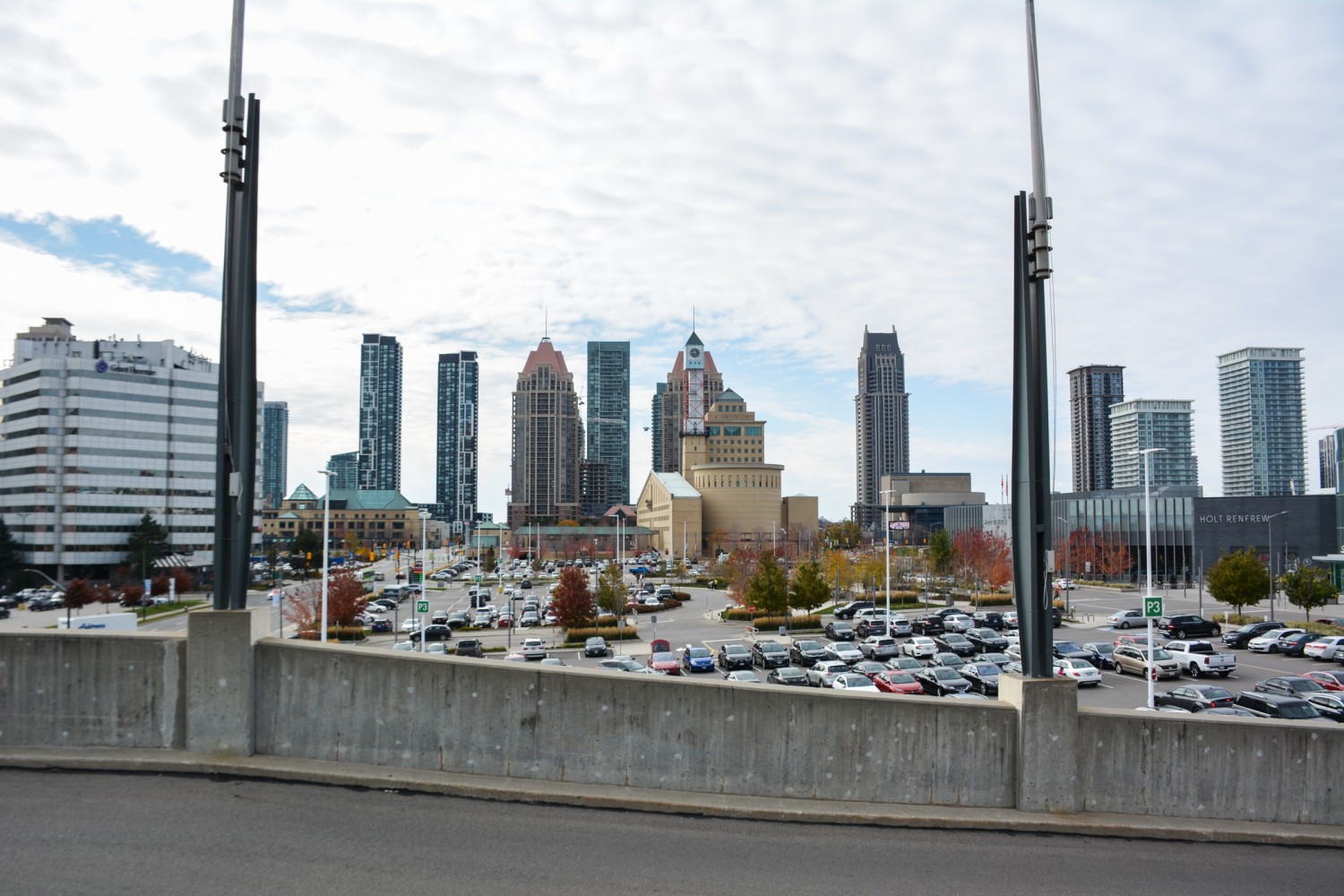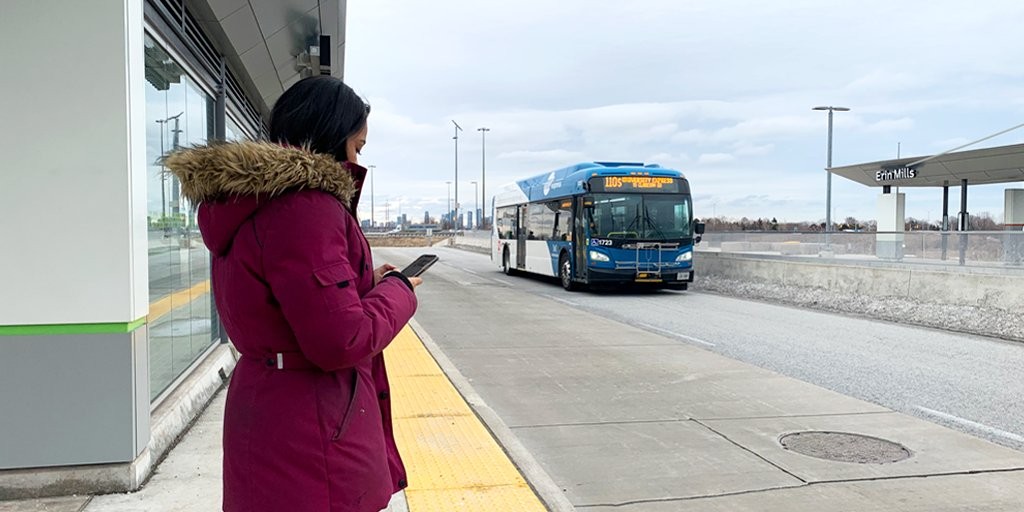
The economic consequences of COVID-19 could grip Peel’s cities long after the pandemic ends
Peel’s municipal governments plan ahead by budgeting for growth, changing demographics and acts of God. But neither Brampton nor Mississauga could have anticipated the havoc wreaked by COVID-19.
The council process, normally stuffy and bureaucratic, is in a state of mild chaos, forced to innovate and think outside the box. The constants of weekly council, budget updates and planning meetings are gone. In their place, councillors meet by videolink, practicing physical distancing by working from home. Senior staff, who have occupied the same seats in city chambers for years, are now managing teams from their sofas.

Before introducing free fares, the City of Mississauga estimated it would lose $14 million by July, a figure that could increase to $44 million if it extends this practice from June to November
For now, the architect of this new normal, COVID-19, is the focus of attention. The impacts of the novel coronavirus on Brampton and Mississauga are immediate in many ways, while threatening to cast a long shadow over the massive development projects of Brampton and their fragile budget books.
In the short-term, a significant loss of revenue is guaranteed for both Peel’s major cities.
Brampton Transit and MiWay have waived fares on their vehicles, which are running on reduced schedules, with operators on regular, full-time pay. Before introducing zero-fare measures, the City of Mississauga estimated it would lose $14 million by July, with the figure for extending free transit from June to November sitting at $44 million. In Brampton, where ridership makes up the majority of revenue, the hit is even greater. Across a three-month period, the city’s transit service estimates zero-fares and reduced service will lead to a loss of $21 million.
Mississauga Chief Financial Officer Gary Kent outlined more short-term costs the city is facing — lost revenue from recreation centres amounts to $7 million, fewer administrative penalties will total $2.5 million and a loss of interest could result in a further hit of up to $5 million. The bright spots flagged by Kent were $1.5 million saved in cheaper diesel and $1 million saved on utilities. The City of Brampton has yet to publish a detailed breakdown of losses related to transit, but stated it is working on financial modelling.

With Brampton's existing infrastructure gap already at $364 million, the city can afford few more losses
While the cities can handle the short-term cash flow, neither Mississauga nor Brampton can afford losses on the scale COVID-19 is threatening. In its 2020 budget, Mississauga had an infrastructure gap (projects that need to be completed but currently have no funding sources) of $274 million, while its list of approved projects without allocated funding amounted to more than $1 billion. In Brampton, the picture is worse still, with an infrastructure gap of $364 million, up from $246 million in 2019.
Amidst a backdrop of financial uncertainty, city staff are doing their best to continue their regular roles. Although working from home could harm productivity or team coordination, both cities hope the regular functions of government and administration will continue unchanged.
For development projects, the heartbeat of both cities, there are few changes. Mississauga and Brampton have cancelled upcoming planning and development committee meetings with councillors, but are continuing the background work. The committee has the power to give the greenlight to new development projects and traditionally meets every two weeks. Before a project is considered by councillors, staff put in weeks of background work to consider details and come up with a comprehensive report and recommendation. That work, along with new submissions from developers, will continue as it did before, with only the approval process facing a delay.
Carley Smith, a City of Mississauga spokesperson, confirmed building permits, site plan applications, Official Plan amendments and rezoning applications would continue. A system of “ePlans” is in place to allow submissions to continue online and be reviewed by staff working from home. Brampton confirmed similar measures were in place, with applications accepted through an online portal.
To deal with the immediate impacts of COVID-19, some staff have been seconded to deal with the pandemic, while most have been left in their traditional roles. “On any given day, we have as many as 2,000 staff connected to the city’s systems and working from home,” Smith told The Pointer. “In addition, we have over 2,600 staff who are working in essential services. We have been able to maintain most services as close to normal as possible, with the exception of those facilities that have been closed.”
In Brampton, the city has invested in a wealth of technology to make working from home easier for employees, purchasing additional laptops, cell phones and digital technology to improve working remotely in the beginning of March.
Mississauga did not clarify how many of its staff had been moved to the Emergency Operations Centre, but added that several senior staff members had cancelled previous pre-arranged vacations to assist with the crisis. In Brampton, just four have made the switch to the COVID-19 response teams so far.

Mississauga has moved several staff to its Emergency Operations Centre, many of whom cancelled vacations to assist with the crisis
Despite the economic slowdown, both cities are bullish that their long-term projects will remain on time. In Mississauga, staff are optimistic major projects, including the Churchill Meadows Community Centre and renovation of the City Centre Library, will proceed on time, something aided by the province’s decision to allow construction to continue as an “essential service.” In Brampton, projects are also pressing ahead, with a spokesperson confident the backlog on the city’s lengthy referred matters list, with more than double the items it should have, will continue to be dealt with.
At the Region of Peel, where Brampton, Caledon and Mississauga sit together, a full financial update is expected in the first half of April. Few details of the long-term impacts on the upper-tier municipality have been revealed, although work researching a new police funding formula advocated for by Mississauga has been put on hold.
Both administrations confirmed no casual or part-time employees had been laid off after facility closures.
As the provincial and federal governments continue to announce measures to support businesses and individuals, there has been light relief for cities. The province has agreed to defer the payments municipalities make to school boards to improve cash flow and $200 million has been put aside to help shelter systems.
However, measures to offset major revenue losses such as transit are yet to materialize. As they wait, city officials are forced to dip into their rapidly lowering reserve funds.
Brampton Transit’s projected loss of $21 million, for example, is expected to be taken from the General Rate Stabilization Reserve. The reserve has a current balance of $71 million, meaning transit losses over three months alone would wipe out almost 30 percent of the city’s emergency back-up funding.
With everyone in the country, including leaders, scrambling for answers, putting a brave face on the situation is understandable. But, without some kind of major municipal bailout, the impacts of COVID-19 could be felt in Peel for quite some time.
Email: [email protected]
Twitter: @isaaccallan
Tel: 647-561-4879
Submit a correction about this story


